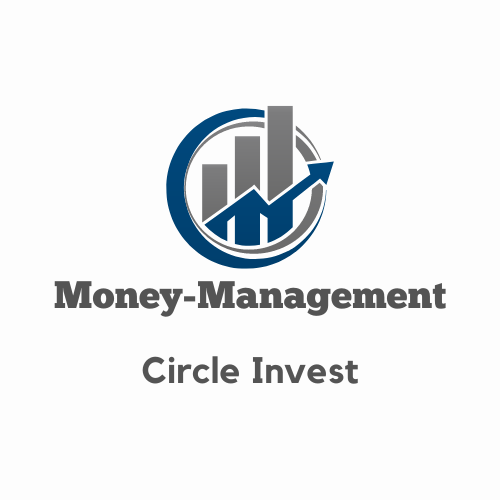Table of Contents
ToggleMaximizing Returns: A Deep Dive into Tax-Efficient Investing Strategies

Introduction:
Tax-efficient investing is a critical component of building wealth and maximizing returns on your investments. By strategically managing your investments to minimize taxes, you can keep more of your hard-earned money working for you over the long term. In this comprehensive guide, we’ll explore the importance of tax-efficient investing, key strategies to minimize taxes on your investments, and how to implement these strategies effectively.
Understanding Tax-Efficient Investing:
Tax-efficient investing involves structuring your investment portfolio in a way that minimizes the tax impact on your investment returns. This includes reducing taxes on investment income, such as dividends and interest, as well as minimizing capital gains taxes on investment sales. By implementing tax-efficient strategies, investors can potentially increase their after-tax returns and accelerate wealth accumulation over time.
Key Tax-Efficient Investing Strategies:
Utilizing Tax-Advantaged Accounts:
One of the best ways of limiting duties on your speculations is to exploit charge advantaged records, for example,:
1. Retirement Accounts:
Contribute to retirement accounts such as 401(k)s, IRAs, and Roth IRAs, which offer tax-deferred or tax-free growth on investments. Traditional 401(k)s and IRAs allow you to defer taxes on contributions and investment earnings until retirement, while Roth 401(k)s and IRAs provide tax-free withdrawals in retirement.
2. Health Savings Accounts (HSAs):
Invest in HSAs if you have a high-deductible health insurance plan. HSAs offer triple tax benefits: contributions are tax-deductible, investment earnings grow tax-free, and withdrawals for qualified medical expenses are tax-free.
3.Education Savings Accounts:
Consider 529 plans and Coverdell ESAs to save for education expenses. These accounts offer tax-free growth on investments and tax-free withdrawals for qualified education expenses.
Asset Location:
Resource area alludes to the essential arrangement of resources in various sorts of records to limit charges. Generally, tax-efficient investing involves holding tax-inefficient investments, such as bonds and actively managed funds, in tax-advantaged accounts, while holding tax-efficient investments, such as index funds and ETFs, in taxable accounts.
Tax-Loss Harvesting:
Tax-loss harvesting involves selling investments that have experienced losses to offset capital gains and reduce taxes. By harvesting losses strategically, investors can use the losses to offset capital gains taxes and potentially reduce taxable income by up to $3,000 per year ($1,500 for married individuals filing separately).
Dividend and Interest Management:
Consider investing in tax-efficient funds or individual stocks that pay qualified dividends, which are taxed at lower capital gains rates. Additionally, allocate tax-inefficient investments, such as high-yield bonds or REITs, to tax-advantaged accounts to defer taxes on interest income.
Avoiding Short-Term Capital Gains:
Short-term capital gains are taxed at higher ordinary income tax rates than long-term capital gains. To minimize taxes, focus on long-term investing and hold investments for more than one year to qualify for the lower long-term capital gains tax rates.
Tax-Efficient Asset Allocation:
Develop a tax-efficient asset allocation strategy by considering the tax implications of different asset classes. For example, prioritize tax-efficient investments, such as stocks and tax-exempt municipal bonds, in taxable accounts, while holding tax-inefficient investments, such as taxable bonds and actively managed funds, in tax-advantaged accounts.
Implementing Tax-Efficient Investing Strategies:
Implementing tax-efficient investing strategies requires careful planning and coordination across your investment portfolio. Consider working with a financial advisor or tax professional who can help you develop a personalized tax-efficient investment plan based on your financial goals, risk tolerance, and tax situation. Additionally, regularly review and rebalance your investment portfolio to ensure it remains aligned with your objectives and tax-efficient strategies.
Conclusion:
Tax-efficient investing is a powerful strategy for maximizing returns and preserving wealth over the long term. By implementing tax-efficient investing strategies such as utilizing tax-advantaged accounts, asset location, tax-loss harvesting, dividend and interest management, avoiding short-term capital gains, and tax-efficient asset allocation, investors can potentially reduce taxes on their investments and increase after-tax returns. Start implementing these strategies today to optimize your investment portfolio and achieve your financial goals.
